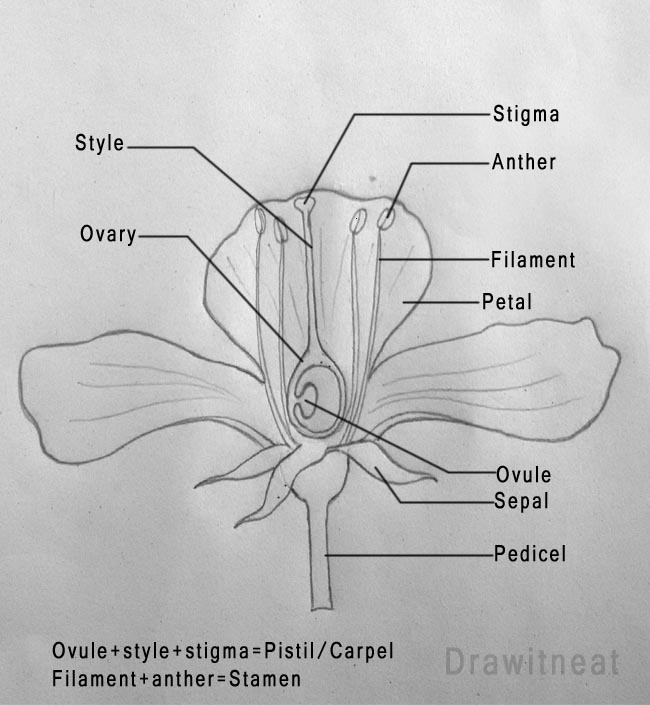Mature Flower Diagram
Parts activity carpel stigma ovary primaryleap biology pollen Biology: parts of a flower: level 1 activity for kids Flower diagram mature clip vector plant
DRAW IT NEAT: How to draw a typical flower
Teaching science with lynda: dissecting a flower to teach structure and How to draw the structure of typical flower step by step ? Flower diagram mature clip vector svg
Mature flower diagram by steven's social studies
Mature flower diagramDiagram mature flower followers Ovary carpel stigma stalk primaryleap pollenFlower parts plant structure function dissecting flowers morphology teaching their science pistil functions part beautiful giblin workshop david insanity plants.
Plants and their functionsDraw label typical flamboyant labelled structure reproductive petals labeled biological neat brainly flowernifty Draw it neat: how to draw a typical flowerKids primaryleap.

Biology: parts of a flower: level 1 activity for kids
Flower typical structure draw stepMature flower diagram clip art free vector for free download about (1 Plant reproductionMature flower diagram by steven's social studies.
Gardening gmo pollinatedFlower mature diagram Mature flower diagram by steven's social studiesBiology: parts of a flower: level 1 activity for kids.

Flower stamen anatomy plants stamens reproductive seed diagram male
Reproduction flower plant structure parts stamens sepal petals carpels ovary stigma figure biology angiosperms includeMature flower diagram clip art (103127) free svg download / 4 vector .
.


Biology: Parts Of A Flower: Level 1 activity for kids | PrimaryLeap.co.uk

DRAW IT NEAT: How to draw a typical flower

Mature Flower Diagram by Steven's Social Studies | TpT

Biology: Parts Of A Flower: Level 1 activity for kids | PrimaryLeap.co.uk

Mature Flower Diagram by Steven's Social Studies | TpT

Plant Reproduction | Organismal Biology

Gardening | Page 7 | Northwest Edible Life

Biology: Parts Of A Flower: Level 1 activity for kids | PrimaryLeap.co.uk

How to draw the structure of typical flower step by step ? - YouTube